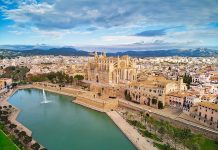Located in Southwest China, Sichuan province is the second largest Tibetan region, the thoroughfare connecting inland and Tibet, as well as the core area of Kangba culture including Garzê Tibetan Autonomous Prefecture, Ngawa Tibetan and Qiang Autonomous Prefecture and Mili Tibetan Autonomous County. It has been regarding as the Sino-Tibetan corridor since the ancient times.
Geographically, Tibetans in Sichuan situated at the head stream of the Yangtze River and the Yellow River where there are many furrows and tributaries lying vertically and horizontally with huge drops, among which the bigger tributaries are 570 meters tall. The terrain is inclining from the northwest to southeast, and the land form is divided in two parts: Tableland and alpine valleys with various natural landscapes of forests, snow-capped mountains, glaciers, canyons and grasslands.
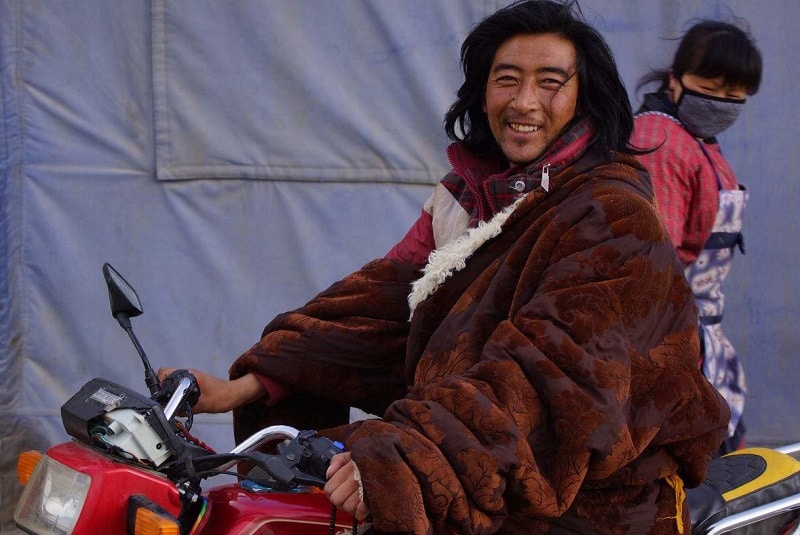
Tibetan is one of the oldest minorities in China that lives in most areas of Tibet, including Sichuan, Qinghai, Gansu, and Yunnan Province for a long time. Traditionally, Tibetans treat Lhasa as the Tibetan center and regions around Lhasa as Tibet when they regard Tibetan areas in the northern Tibet and most of the Qinghai Province as Amdo. The regions in Chamdo of Tibet are called Kang, Kang District or Kangba. In Tibetan culture, Kang means border areas and Ba means people. So Kangba means an individual geographical unit of Tibetan area and the Tibetan people in Kang District. In the ancient times there was a saying that “the Buddhism of Tibet, the horse of Amdo and the people of Kangba” showing how smart, tough, powerful and docile Kangba people were. Qing Dynasty had an essential point of border land policies toward Kangba for two reasons. Firstly, Kangba is the joint part and junctions of 5 Tibetan regions which makes the geographic position of Kangba vital. Secondly, Tibetans in Kangba hugely influenced the whole Tibet minority.
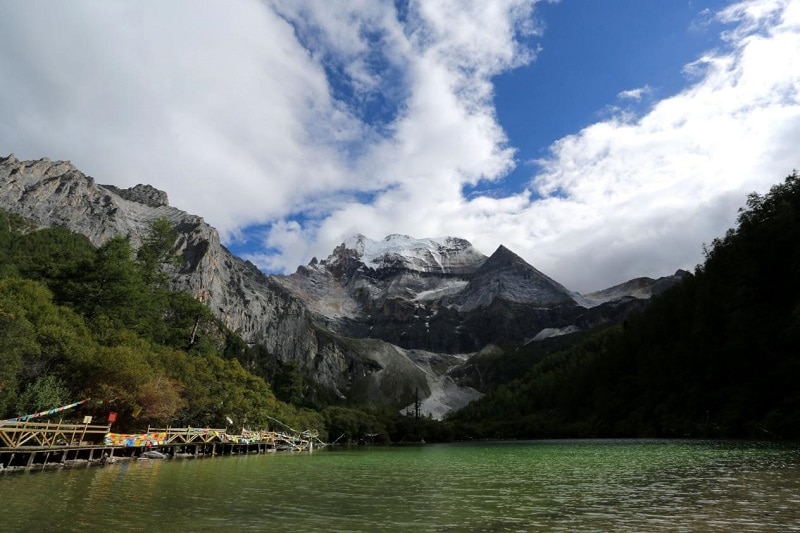
To experience the unique culture of Tibetans in Sichuan, you can plan a trip to the following major attractions:
1. Jiuzhaigou Valley and Huanglong National Park
A tour to Jiuzhaigou and Huanglong is always the top thing to do for most travelers coming to Sichuan. Known for its many multi-level waterfalls, colorful lakes, and snow-capped peaks, Jiuzhaigou Valley is a nature reserve and national park located in the north of Sichuan. Near Jiuzhaigou, Huanglong Park is known for its colorful pools formed by calcite deposits, especially in Huanglonggou (Yellow Dragon Gully).
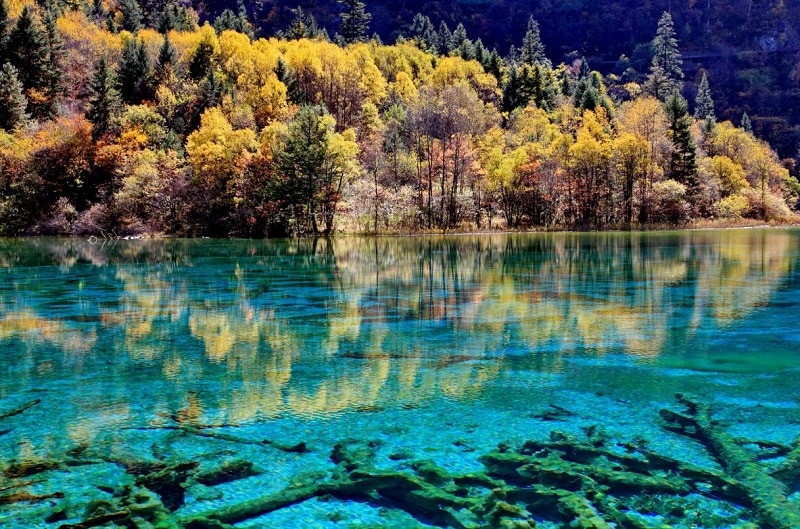
2. Daocheng Yading Scenic Area
Daocheng Yading is one of the best-preserved and most primitive natural places in China, being regarded as “the last pure land on our blue planet”, “the last Shangri-La”, and “the holy land under the sun”. The snow-capped mountains, steep cliffs, crystal clear lakes, vast pastures, as well as the dense woods compose a harmonious Utopian wonderland.
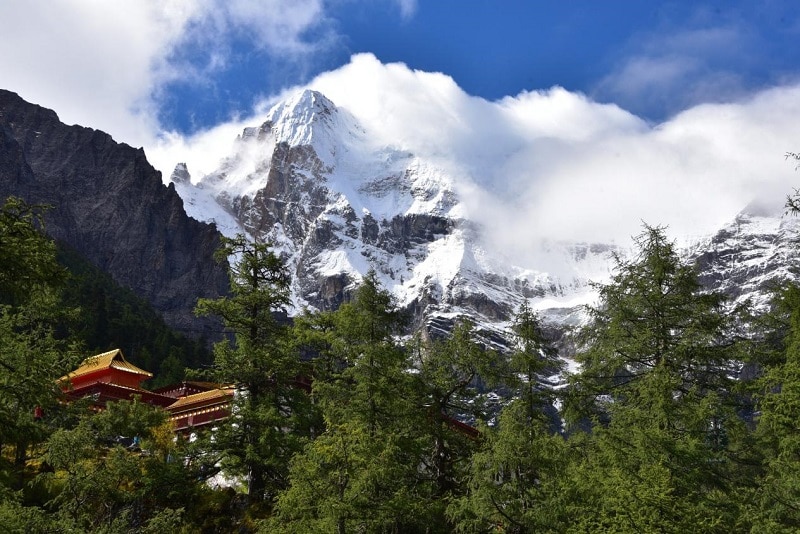
3. Danba Tibetan Village
Known as the most beautiful village in China, Danba Tibetan Village is located in Danba County. The houses in the villages consist of 4 floors with the exterior walls of the top floors painted yellow, black, dark red and decorated with pictures of the sun, moon, stars and other totems. Watching from a distance, the colorful exquisite buildings are hidden in lush woods with a background of snow-capped mountains, showing an environment of old fairy tales.
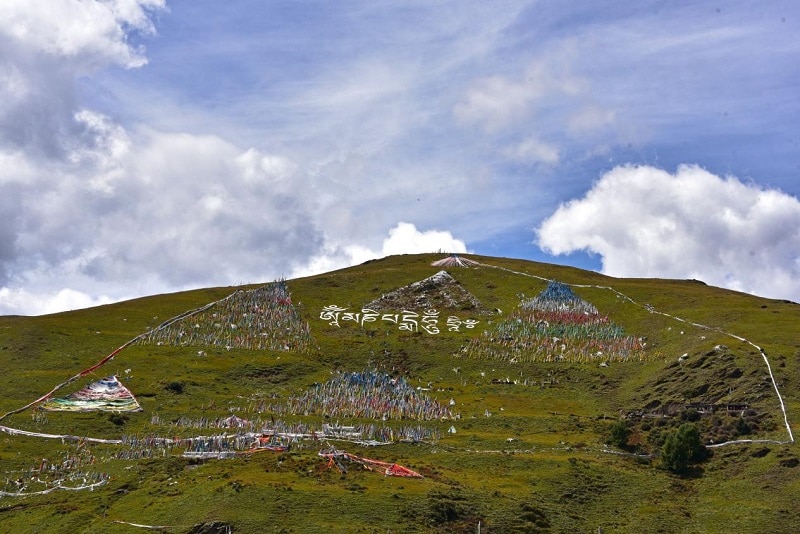
4. Tagong Grassland
Tagong, also known as Lhagang, is a small town in Garzê Tibetan Autonomous Prefecture of western Sichuan. The green meadow is surrounded by snow-capped peaks and dotted with Tibetan herdsmen and tents. It is known for the Tibetan Buddhist monasteries and scenic grasslands. The famous Tagong Monastery, Ani Gompa Nunnery, High-Altitude lakes and Horse-Riding activities attract millions of tourists every year.




